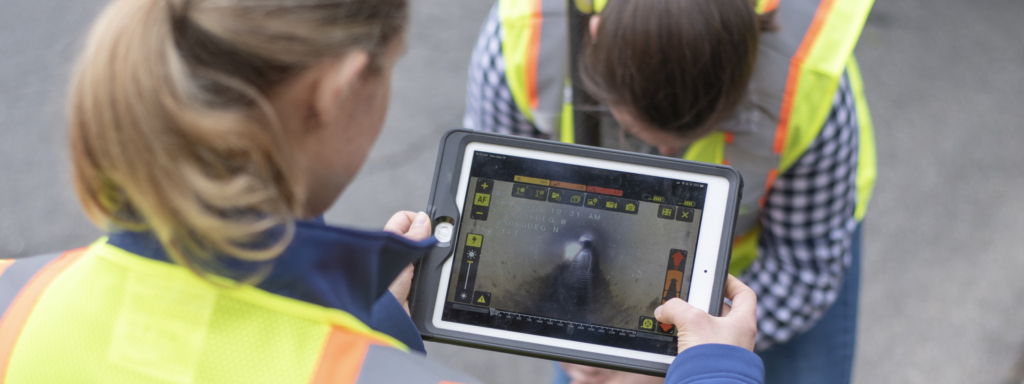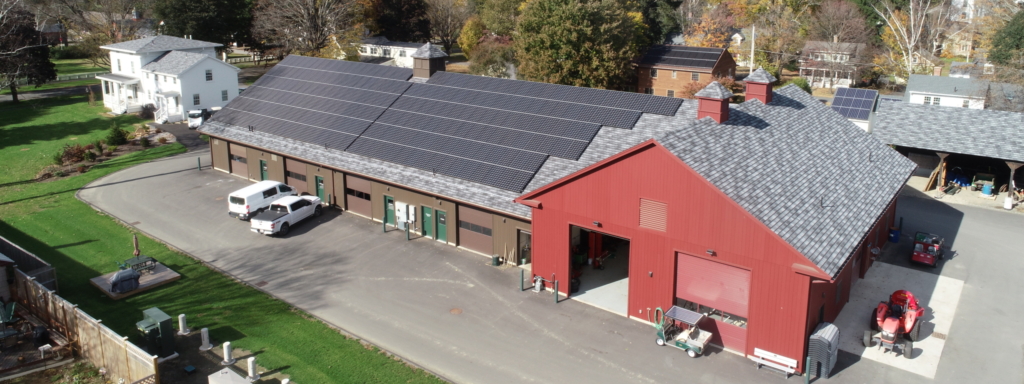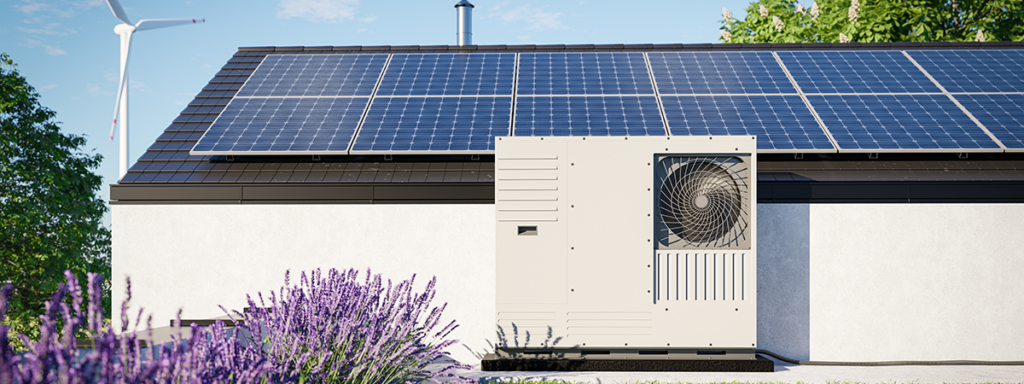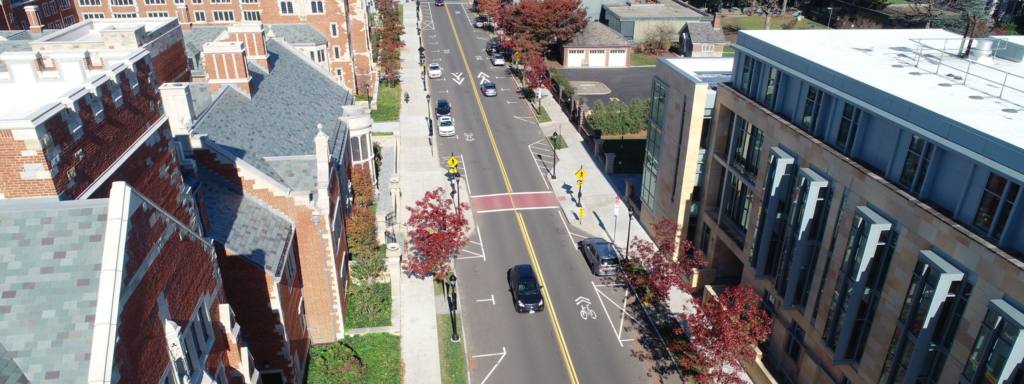Four Building Blocks for Educational Campuses to Advance Decarbonization Goals
As colleges, universities, and independent schools in the Northeast continue to upgrade their facilities and infrastructure to meet the needs of a growing number of students, decarbonization has become a priority. Many educational institutions in the Northeast have set aggressive goals to reach carbon-neutrality or even eliminate their carbon emissions altogether, signing on to initiatives like The Presidents’ Climate Leadership Challenge to track and measure their progress.
Decarbonization presents an opportunity for schools to construct energy-efficient buildings and systems that will lower operational costs and carbon emissions. However, the process of moving a campus away from carbon-based energy takes time and planning, and any educational institution pursuing decarbonization will need an individualized plan for their facilities’ needs.
With so many interconnected systems contributing to a school’s overall carbon footprint, this presents facilities administrators with multiple avenues to make an immediate impact while setting goals and planning long-term upgrades. Here are four things they can do right now to begin advancing their objectives to meet current or future decarbonization goals:

Tighe & Bond GIS staff conducting an inventory of stormwater systems.
1: Leverage technology to inventory and benchmark assets.
To develop a roadmap to reducing carbon emissions, campuses typically need to begin by improving their understanding of, and visibility into, their existing facilities, systems, and infrastructure. It’s also important to know which facilities and systems are responsible for producing the most emissions. Leveraging 3-D building scanning technology, deployment of energy sub-meters, and establishment of a GIS-based asset management platform can be foundational to the early stages of developing a decarbonization plan.
Furthermore, cloud-based GIS web applications and mapping also allow for facilities teams to establish a “digital plan room” and visualize how their campus systems are interconnected, geolocate their assets, and monitor their status. GIS solutions use isolated layers to show heating, electrical, and other aboveground or sub-surface utilities. This can be especially useful to connect projects, since a campus’s infrastructure may be replaced on a building-to-building basis over time, rather than all at once.

The design for Deerfield Academy’s new facilities building includes a roof-mounted solar array.
2: Understand the limits of existing campus electrical systems.
For most educational institutions, the decarbonization process will involve transitioning away fossil fuel based thermal energy systems to electricity-based systems that operate on renewable energy. To meet the increased demand for electricity, schools will need to evaluate and possibly upgrade their current electrical infrastructure.
As more campus systems are electrified, reliable sources of backup power will also be necessary to ensure that critical systems are operational when utility power outages occur. For schools looking to generate renewable energy on-site, wind, solar, and hydropower may be viable options, depending on the existing conditions on campus, but solar has proven to be the most widely adopted. Since these renewable options are not on-demand, around-the-clock sources of electricity, they will need to be supplemented with energy storage solutions.

Carbon-free heat pumps, when powered by renewable energy sources, can facilitate true zero-carbon systems.
3: Modernize building heating, cooling, and ventilation systems.
More than half of a typical educational building’s total energy consumption can be attributed to building heating, ventilation and air conditioning (HVAC) systems. So, it’s no surprise that electrified HVAC technologies play a critical role in decarbonizing educational campuses. Heat pump systems utilize electrically driven compressors and the refrigeration cycle to move heat from inside to outside of a building (from cold to hot) and vice versa, using the air, ground, or in some cases water as a heat source or heat sink.
Heat retention and energy recovery solutions are also important components of an energy-efficient HVAC system, and can help to reduce peak electrical demands. Low-temperature hot water systems use less energy than steam boilers, and align well with air-to-water or ground-source heat pump technologies. Through their reduced energy usage, these systems can ultimately lower heating energy consumption and costs.

As part of our site/civil work on Yale University’s Residential Colleges, we developed site utility plans which accounted for future planned infrastructure upgrades.
4: Evaluate and upgrade existing site utilities.
Evaluation and design for the upgrade or replacement of existing campus site utilities is critical to the operation, maintenance, and longevity of an educational campus. When site utility projects also consider future growth, decarbonization, and resiliency goals, educational campuses can further optimize their capital spend over time.
Site utility upgrades should also be considered during the planning of other building-related capital projects, to reduce the burden on limited campus resources to initiate and deliver stand-alone utility upgrade projects. Utility upgrade projects can take the form of addressing deferred maintenance or end-of life systems, incorporating increased capacity, realignment planning for future pathways or utility corridors, and repurposing existing thermal utility infrastructure.
By inventorying campus assets, prioritizing upgrades to electrical and HVAC systems, and re-focusing site utility upgrade strategies, colleges, universities, and independent schools can establish a sound foundation to help advance current or future decarbonization goals.
How will your educational campus decarbonize? Don’t be left behind. Let Tighe & Bond help you put in place the essential building blocks that will support your current or future decarbonization goals, and help evolve your campus renewal plans.
For additional information, please contact Tracey Barrett, Institutional Client Sector Leader, or Jason Curtis, Building Services Business Line Leader.


